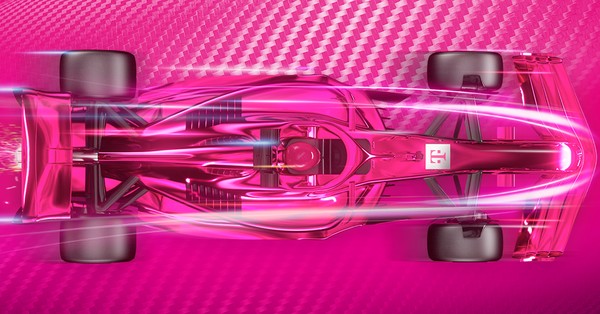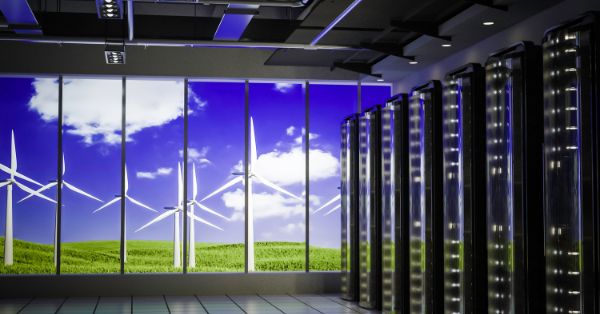Moda Center Neutral‑Host 5G DAS: What’s at Stake
A neutral-host 5G Distributed Antenna System (DAS) is coming to the Trail Blazers’ Moda Center, signaling how venues are retooling connectivity to underpin fan experience, operations, and new digital revenue streams.
Why Neutral‑Host 5G Matters for Venues
Large arenas now live or die on mobile performance: digital ticketing, cashless concessions, in-seat ordering, real-time replays, and social sharing all hinge on dense, resilient RF. With nearly 20,000 seats and a heavy calendar of sports and concerts, the Moda Center joins a cohort of tier-one venues investing in 5G as core infrastructure rather than a nice-to-have. American Tower’s role as a neutral host is noteworthy; it positions the venue to support multiple operators on a shared platform, spreading cost, accelerating carrier onboarding, and improving consistency across the “Rose Quarter,” including the adjacent Veterans’ Memorial Coliseum.
Deployment Scope and 2026–27 Timeline
Construction starts in early 2026, with completion targeted ahead of the 2026–2027 season. The design spans the bowl, concourses, premium areas, and back-of-house operations, addressing both guest connectivity and critical venue workflows (security, logistics, POS, broadcast support). Importantly, American Tower will stand up a parallel system alongside the existing network to minimize disruption—an increasingly standard approach for live venues that need to avoid RF outages cutting into game day revenue and service levels.
Drivers: Uplink Demand, Mid‑Band 5G, mmWave
Traffic patterns at events are shifting toward uplink-intensive use cases—video posts, livestreams, and real-time fan engagement—stressing legacy systems designed primarily for downlink. Meanwhile, operators are scaling mid-band 5G (n77/n41) and selectively augmenting with mmWave in high-density zones, making modern DAS essential for coverage, capacity, and low-latency handoffs. The project readies the Moda Center for the next wave of “smart venue” services while aligning with carrier spectrum roadmaps and 5G Standalone (SA) evolution.
5G DAS Architecture for High‑Density Venues
Delivering a “true 5G” experience in arenas requires tight RF engineering, fiber-rich backhaul, and a platform carriers can integrate with quickly.
Multi‑Operator Integration and Spectrum Strategy
American Tower’s managed networks approach typically supports multi-operator services on shared infrastructure, reducing duplicative builds and accelerating time-to-service for national carriers. Expect support for key mid-band layers like C-band and 3.45 GHz where available, with the option to add mmWave in seating sections or concourses that routinely hit peak concurrency. Centralized baseband (C-RAN) interfaces, digital DAS head-ends, and software-defined sectorization help the operator community tune capacity by zone and event profile.
Tuning Capacity, Latency, and Uplink
High-MIMO antennas, optimized donor feeds, and precise sector planning are critical to reduce interference and handover churn in packed bowls. Venues increasingly prioritize uplink capacity to handle sustained video uploads and interactive apps. End-to-end latency improvements depend not only on the DAS and RAN but also on carrier core paths and the potential use of on-prem or metro edge compute for real-time services like AR overlays, dynamic signage control, or computerized ticket validation.
Cellular, Wi‑Fi 6/6E, and Public Safety Interoperability
Modern venue connectivity is a stack: carrier 5G for mobility and roaming, Wi‑Fi 6/6E for offload and venue apps, and separate public safety radio systems for compliance. RF and backhaul planning should coordinate policy-based traffic steering between Wi‑Fi and cellular to maximize throughput and manage costs, while ensuring public safety DAS remains isolated, code-compliant, and resilient.
Execution Plan: Zero‑Downtime, Venue‑Ready
The deployment plan is engineered to avoid game day downtime while aligning with venue operations, construction windows, and third-party schedules.
Parallel Build and Phased Cutover
Standing up a new system alongside the existing network reduces service interruptions and compresses migration risk. This approach allows for phased testing by zone, carrier integration in waves, and live-event burn-in without wholesale cutovers. It also gives facilities teams and broadcasters time to validate RF in production scenarios.
Back‑of‑House and Rose Quarter Coverage
Extending coverage to operations centers and the neighboring Veterans’ Memorial Coliseum supports staff communications, logistics, security, and broadcast workflows that demand reliable indoor mobility. For the venue operator, this is as important as guest experience; POS uptime, mobile workforce applications, and IP-based cameras benefit from deterministic cellular coverage that complements Wi‑Fi.
Resilience and Energy Efficiency
Given the Moda Center’s sustainability credentials, expect attention to energy efficiency via digital DAS components, right-sized power, and intelligent sleep modes. Redundant power and fiber paths, remote monitoring, and proactive RF analytics underpin SLAs for high-stakes events.
Business Impact: Fan Experience and New Revenue
The upgrade is about more than speed; it enables data-driven operations and new revenue models tied to digital engagement.
Fan Engagement and Premium Services
Enhanced mobile performance supports low-lag video, AR highlights, interactive games, and in-seat commerce—features sponsors value and teams can package into premium tiers. Better uplink and latency also strengthen venue apps, digital signage triggers, and queue management, reducing friction during peak intermissions.
Operations Analytics and Safety
With pervasive coverage, venues can expand IoT and video analytics for crowd flow, staffing, and security, and integrate with edge services when available. Reliable connectivity improves the fidelity of data used in real-time decisions—impacting concessions inventory, dynamic pricing tests, and service recovery during incidents.
Economics for Carriers, Venue, and Partners
Neutral host models align incentives: carriers extend indoor 5G cost-effectively, the venue gets multi-operator parity, and managed services reduce lifecycle burdens. Over time, the platform can support private network pilots or network slicing trials for specific back-of-house applications as 5G SA matures.
What to Watch: Carrier, Spectrum, Edge, KPIs
Key execution details over the next 12–18 months will determine how quickly the Moda Center captures the full value of the upgrade.
Carrier Onboarding and Spectrum Mix
Monitor which national operators onboard at launch, the mid-band layers activated, and whether mmWave appears in high-density areas; this mix will dictate real-world throughput and latency.
App Integration and Wi‑Fi Offload Strategy
Performance gains matter most when tied to app features and policy-based offload; alignment between cellular and Wi‑Fi roadmaps will maximize ROI and user satisfaction.
Edge Compute and 5G SA Roadmap
As operators expand 5G SA and metro edge, opportunities emerge for deterministic latency, QoS, and advanced analytics—enablers for AR, computer vision, and premium fan services.
Event‑Day KPIs and SLAs
Prioritize concurrent session support, uplink throughput, median latency, and failure recovery metrics during peak loads; benchmark pre- and post-deployment to validate impact.
Bottom Line
American Tower’s 5G DAS program at the Moda Center is a pragmatic, future-ready move that improves guest connectivity, strengthens venue operations, and prepares the campus for the next phase of smart venue innovation.
Next Steps for Stakeholders
Venue operators should lock in multi-operator commitments, finalize Wi‑Fi/cellular traffic policies, and align app roadmaps to new capabilities; carriers should coordinate spectrum and edge plans for predictable low latency; and technology partners should design with uplink-heavy demand, energy efficiency, and phased migration in mind ahead of the 2026–2027 season.









































